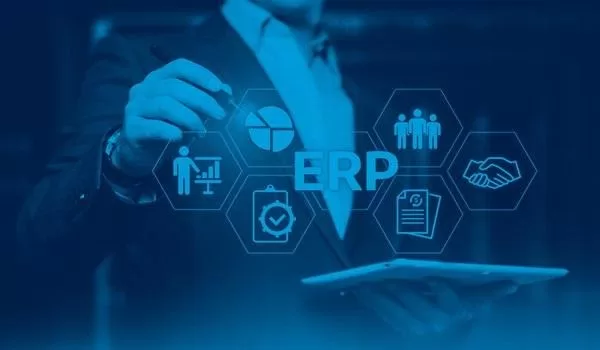SAP Cloud Security: Why is the SAP Cloud so secure?
In an increasingly digitalized world, cloud data security has become a central concern for businesses of all sizes and industries. With the migration of sensitive data to cloud environments, such as SAP Cloud, it is crucial to ensure that this information is protected against cyber threats.
Many companies believe that on-premise solutions are more secure, but the reality is that their own infrastructure is often susceptible to data loss, cyber espionage, and network problems. Additionally, maintaining the same level of security as SAP internally is an extremely expensive and complex task.
With over 440,000 customers, including 98% of the world’s 100 largest companies, SAP invests heavily in security, offering a complete (and unique) ecosystem that ensures maximum protection of data in the cloud.
SAP complies with a wide range of standards and compliance requirements. Its security measures are regularly audited and certified by independent entities, such as ISO and SOC.
Currently, the company has 88 data centers globally. These centers have robust physical measures, such as high-security fences, video and sensor surveillance, trained personnel, and strict access restrictions, often using biometric controls.
The data centers have uninterruptible power systems, regular backups, and redundant storage of data and logs. Additionally, each customer’s data is isolated, ensuring separation between them.
SAP invests over €2 billion in security each year and has a team of over 1,500 professionals in the area of Cyber Security.
The result?
SAP has never had a large-scale security breach in its central systems.
What is SAP Cloud Security?
SAP Cloud Security is a comprehensive approach to protecting data and applications hosted in the SAP cloud.
This platform uses a variety of security measures to ensure the integrity, confidentiality, and availability of customer data.
One of the main advantages of SAP Cloud Security is its multi-layered approach. This means that data is protected at multiple levels, from the physical infrastructure of the data centers to the access controls of the applications.
This approach helps mitigate a variety of threats, including hacker attacks, leaks, and malware.
More security measures…
SAP Cloud Security also includes proactive measures to respond to threats in real time, including the implementation of advanced firewalls, intrusion detection systems, and continuous monitoring of user activity.
These measures help ensure that any suspicious activity is identified and mitigated quickly, minimizing the risk of damage.
Identity and access management is another key aspect. The SAP Cloud environment controls who has permission to access data and applications in the cloud, as well as monitors and audits this activity to detect any unusual behavior.
By implementing granular controls and multi-factor authentication, SAP helps ensure that only authorized users can access data in the cloud.
Static and dynamic data protection
The SAP Cloud environment protects data both in dynamic situations, i.e. when it is in transit, and in scenarios where it is “at rest”, stored.
To this end, the system uses HTTPS encryption and the operation of SAP S/4HANA Cloud is constantly monitored and protected against threats with antivirus, malware management, and automatic vulnerability scans.
In addition, SAP maintains a 24-hour Security Monitoring Center, which analyzes all system activity and responds immediately to suspicious behavior. Security experts also regularly conduct penetration tests that simulate attacks to identify weaknesses predictively.
Not yet in the SAP Cloud? Count on Origen Tech!
Several SAP solutions, such as analytics, integration, and technologies such as AI and process automation, are only available in the cloud through the SAP Business Technology Platform.
In an increasingly digital world, migrating to the SAP Cloud is becoming crucial for companies seeking optimization, security, and scalability.
In this journey, Origen Tech is your ideal partner, offering a range of comprehensive and customized services. Our team of highly qualified experts is dedicated to understanding your specific needs and mapping your business processes.
From this in-depth analysis, we assist in choosing the most suitable SAP Cloud solution, developing a customized migration plan that fits your timeframe, resources, and budget.
Our vast expertise guarantees a flawless and efficient process. We integrate the chosen solution with your pre-existing systems, ensuring a perfect adaptation to your reality.
We also provide continuous technical support to solve doubts, assist in solving problems, and ensure that you get the most out of the platform.
Meet SOLaaS by Origen Tech: the simplest and most cost-effective way to enter the SAP universe.
SAP Cloud Security: Why is the SAP Cloud so secure? Read More »

